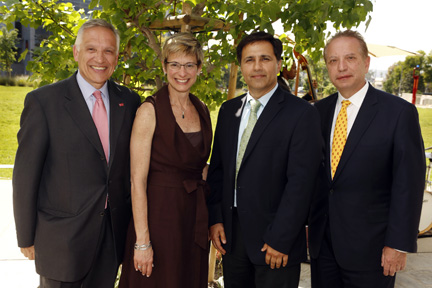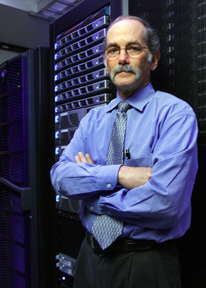Tiny technology may be the future of medicine
By Robert Perkins
Sometimes the smallest tools are required to tackle the biggest problems. At the forefront of innovative research on regenerative medicine and cancer treatment, experts from the top research institutions in the greater Los Angeles area converged for the first-ever UCLA-USC-Caltech Nanotechnology and Nanomedicine Symposium on Oct. 18. … Read More »




